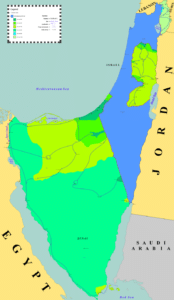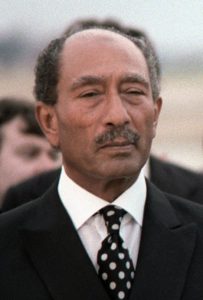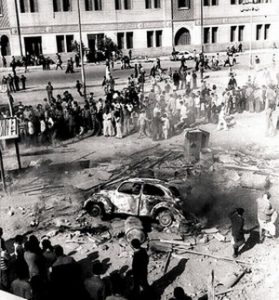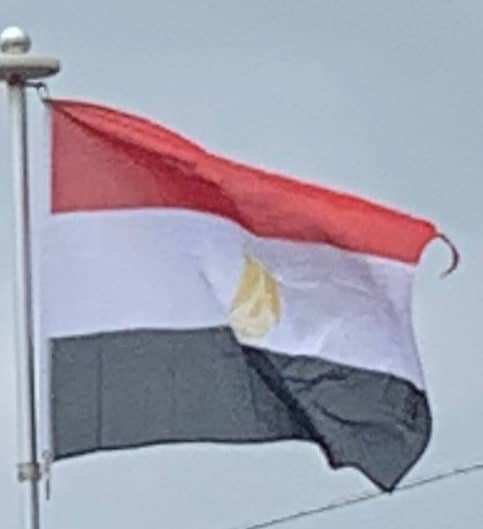Israel re-iterated that the Straits of Tiran closure was a Casus belli. This prompted the beginning of the Third Arab Israeli War (Six-Day War) in which Israel attacked Egypt, and occupied Sinai Peninsula and the Gaza Strip, which Egypt had occupied since the 1948 Arab–Israeli War. During the 1967 war, an Emergency Law was enacted, and remained in effect until 2012, with the exception of an 18-month break in 1980/81. Under this law, police powers were extended, constitutional rights suspended and censorship legalized.

At the time of the fall of the Egyptian monarchy in the early 1950s, less than half a million Egyptians were considered upper class and rich, four million middle class and 17 million lower class and poor. Fewer than half of all primary-school-age children attended school, most of them being boys. Nasser’s policies changed this. Land reform and distribution, the dramatic growth in university education, and government support to national industries greatly improved social mobility and flattened the social curve. From academic year 1953–54 through 1965–66, overall public school enrollments more than doubled. Millions of previously poor Egyptians, through education and jobs in the public sector, joined the middle class. Doctors, engineers, teachers, lawyers, journalists, constituted the bulk of the swelling middle class in Egypt under Nasser. During the 1960s, the Egyptian economy went from sluggish to the verge of collapse, the society became less free, and Nasser’s appeal waned considerably.
President Sadat (1970–1981):
In 1970, President Nasser died of a heart attack and was succeeded by Anwar Sadat.

Sadat switched Egypt’s Cold War allegiance from the Soviet Union to the United States, expelling Soviet advisors in 1972. He launched the Infitah economic reform policy, while clamping down on religious and secular opposition. In 1973, Egypt, along with Syria, launched the Fourth Arab-Israeli War (Yom Kippur War), a surprise attack to regain part of the Sinai territory Israel had captured 6 years earlier. It presented Sadat with a victory that allowed him to regain the Sinai later in return for peace with Israel.

In 1975, Sadat shifted Nasser’s economic policies and sought to use his popularity to reduce government regulations and encourage foreign investment through his program of Infitah. Through this policy, incentives such as reduced taxes and import tariffs attracted some investors, but investments were mainly directed at low risk and profitable ventures like tourism and construction, abandoning Egypt’s infant industries. Even though Sadat’s policy was intended to modernize Egypt and assist the middle class, it mainly benefited the higher class, and, because of the elimination of subsidies on basic foodstuffs, led to the 1977 Egyptian Bread Riots.

In 1977, Sadat dissolved the Arab Socialist Union and replaced it with the National Democratic Party.
Sadat made a historic visit to Israel in 1977, which led to the 1979 peace treaty in exchange for Israeli withdrawal from Sinai. Sadat’s initiative sparked enormous controversy in the Arab world and led to Egypt’s expulsion from the Arab League, but it was supported by most Egyptians. Sadat was assassinated by an Islamic extremist in October 1981.
President Mubarak (1981–2011):
Hosni Mubarak came to power after the assassination of Sadat in a referendum in which he was the only candidate.
